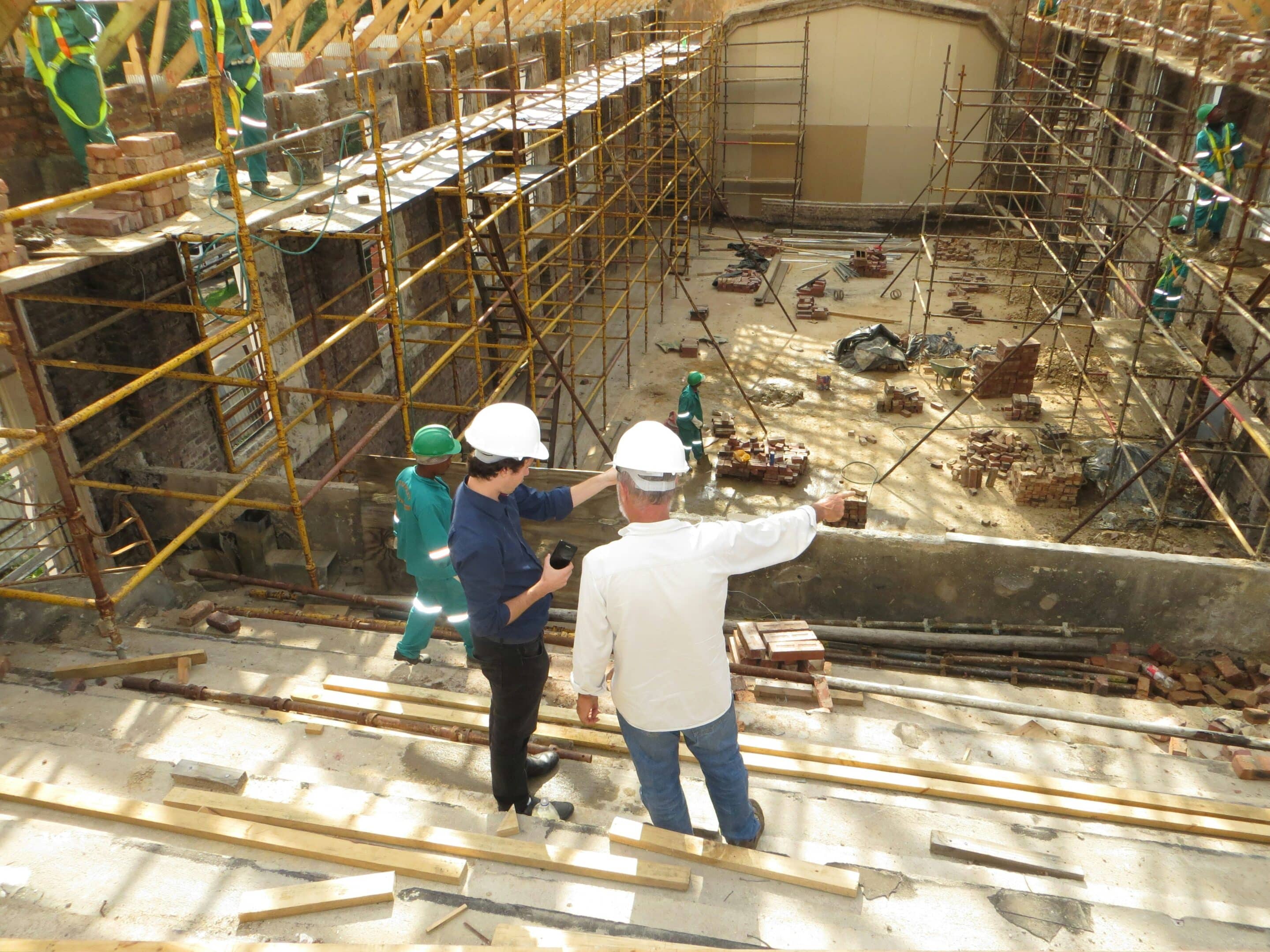A significant regulatory shift is on the horizon for property developers, with the Building Safety Levy set to come into effect on 01 October 2026. Introduced as part of the wider Building Safety Act 2022, the levy is designed to ensure that developers, not leaseholders or taxpayers, contribute financially toward the remediation of unsafe residential buildings. This article takes a deep look into the core components of the levy, including what it is, who it impacts, how it is calculated and the practical implications for development timelines and funding strategies. With final regulations still in draft form but key deadlines looming, it’s essential that developers understand this upcoming change and its potential cost implications.
What is the Building Safety Levy?
The Building Safety Levy is a Government-imposed charge on qualifying residential developments. Its purpose is to fund the remediation of life-critical safety defects in existing buildings where no voluntary agreement has been reached with developers. This includes many buildings impacted by historic cladding and fire safety issues post-Grenfell.
Although the policy was legislated in the Building Safety Act 2022, the practical rollout is now progressing via secondary legislation, with implementation set for October 2026. The core principle is straightforward: where developers profit from residential development, they should also contribute to addressing the safety failings of the past.
When was it first discussed and why?
The levy was first introduced by the Government in February 2021, during a period of intense public scrutiny over the cost of fire safety remediation. Leaseholders were being forced to cover enormous bills for defects they did not cause, leading to political pressure and growing media attention.
In response, the Government committed to ensuring developers, not leaseholders or the taxpayer, pay for necessary works to make buildings safe. The levy is a formal mechanism to achieve this for buildings that do not fall under existing developer remediation pledges. The policy is expected to raise between £3 billion and £3.4 billion over the next decade to contribute towards fixing safety issues in medium and high-rise buildings across the country.
Which Developments Will Be Affected?
The levy will apply to major residential developments, including both new builds and conversions. Specifically, it targets developments that meet one of the following thresholds:
- Schemes creating 10 or more residential units, or
- PBSA developments delivering 30 or more bedspaces
This applies to a broad range of project types including:
- New build residential schemes
- Conversions of existing buildings into residential use (e.g. office-to-residential)
- Extensions that increase the amount of residential floorspace
What is defined as ‘residential floorspace’?
The levy is based on the gross internal area (GIA) of residential floorspace. This includes:
- Private homes and apartments
- PBSA such as student halls of residence
- Shared amenity areas for residents such as lounges, gyms, kitchens and reception spaces
It is important to note that the levy applies regardless of building height or whether the building is considered ‘higher risk’ under other provisions of the Building Safety Act.
Examples of when the Building Safety Levy applies
| Example Development | Levy Applies? |
| New build scheme of 11 private flats | Yes |
| Office-to-residential conversion (11 flats) | Yes |
| PBSA development with 30 beds | Yes |
| 9 unit residential scheme | No |
| Care home conversion | No |
| Hotel development | No |
Building Safety Levy exemptions
Several categories of development are exempt from the levy. These include schemes designed to meet specific social or health-related needs, or where the building is not used as permanent residential accommodation. Exemptions include:
- Social housing
- Supported housing
- Exempt accommodation such as: care homes, nursing homes, hotels and temporary supported accommodation for the homeless
The Government has signalled that it does not intend to widen the scope of these exemptions, so developers should not assume that additional categories will be added at a later stage.
When is the Levy Paid and How is it Calculated?
Trigger point: Building control application date
The point at which a development becomes liable for the levy is the date the Building Control application is submitted by the developer. This means that even if construction does not begin until after the deadline, a development can still avoid the levy if the Building Control application is submitted before 1 October 2026.
| Building Control Application Date | Levy Applies? |
| Before 01 October 2026 | No |
| On/After 01 October 2026 | Yes |
When is payment due?
The levy is payable on the earlier of:
- The date a completion notice is issued by Building Control, or
- The date of first occupation of any part of the development
This approach is designed to ensure payment is received before a scheme becomes revenue-generating or occupied.
How is the Levy Amount Calculated?
The levy is calculated based on the gross internal area (GIA) of residential floorspace and is subject to a variable rate determined by the local authority area.
Local authorities will be grouped into charging bands based on average house prices, meaning developers in high-value areas such as London and the South East will pay more per square metre than those in lower-value regions.
Indicative Rate Range (Not yet finalised):
| Location Type | Estimated Levy Rate (per m²) |
| High-value areas (London, SE) | £30–£50 per m² |
| Mid-value areas | £10–£30 per m² |
| Low-value areas | £0–£10 per m² |
Developments on brownfield land are expected to receive a 50% discount on the applicable rate, though the exact terms of this discount are still under review.
What is Still to be Confirmed?
While the core framework is largely agreed upon, several details remain under consultation and will be finalised through secondary legislation.
| Area | Status |
| Exact levy rates (£/m²) | TBC – Government has outlined banding by house price zones but rates are not finalised. |
| Local authority charging zones | TBC – The exact banding per council is under review. |
| Brownfield discount terms | Proposed at 50% but still draft. |
| Payment mechanisms & enforcement rules | Draft guidance exists but final process maps are yet to be locked in. |
| Transitional relief or exceptions | Government has not ruled out transitional measures for schemes partway through the pipeline, but no formal details yet. |
How likely are further changes?
The fundamental policy of the levy is unlikely to change. In fact, the Government has made it clear that:
- Developers, not leaseholders, will be responsible for remediation costs
- The charge will be based on residential floorspace, not building height or fire risk
- Major residential and PBSA developments are the intended targets
However, some refinements and clarifications are likely in the months ahead:
| What might change? | Likelihood |
| Exact per m² rates | Highly likely to adjust – based on further impact analysis. |
| Banding by local authority | Possible tweaks depending on regional feedback. |
| Payment mechanics & process maps | Likely refinements to simplify implementation. |
| Transitional provisions | Unknown – developers are lobbying hard for cut-off clarity. |
| Exemptions scope | Unlikely to expand significantly – Government will resist widening exemptions. |
Key dates in the Building Safety Levy implementation
| Milestone | Status |
| Draft Regulations Published | July 2025 |
| Implementation Date (Levy comes into force) | 01 October 2026 |
| Final Rates & Regulations | Expected late 2025/early 2026 |
Conclusion – What Developers Should Do Now
The introduction of the Building Safety Levy marks a turning point for residential development in England. With the levy tied directly to the Building Control application date, developers have a clear opportunity to avoid these new charges by submitting their applications before 1 October 2026.
For developments that cannot be fast-tracked, it will be essential to factor the levy into project appraisals, funding strategies and land offers. Understanding your scheme’s exposure now could result in substantial cost savings and help secure funding on more favourable terms.
At BLG, we specialise in development finance that is responsive to market changes and regulatory shifts. If you’re planning a residential or PBSA scheme, get in touch with our team to explore tailored funding solutions that support your timeline and strategy.

